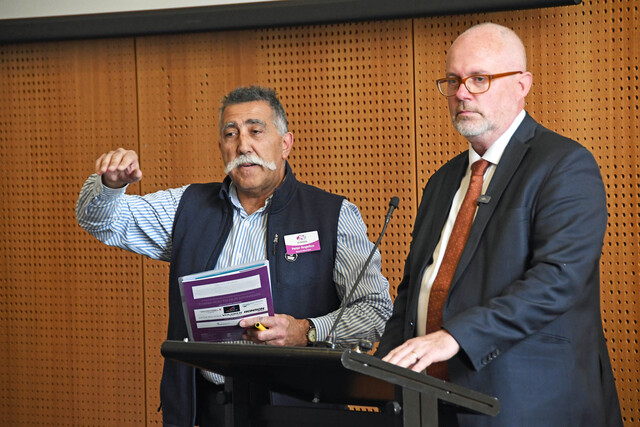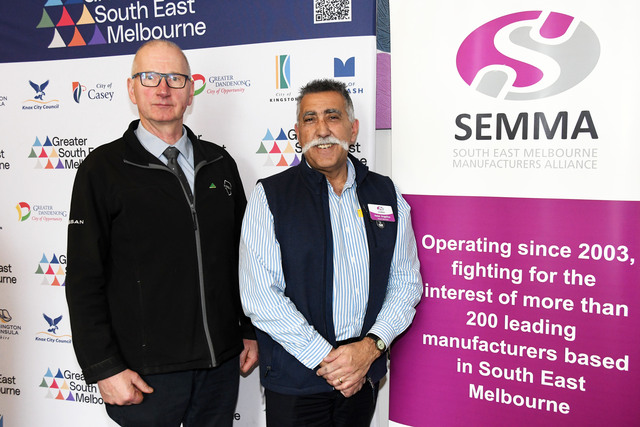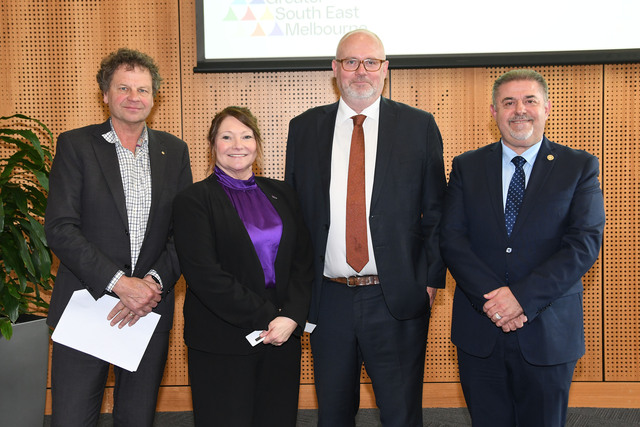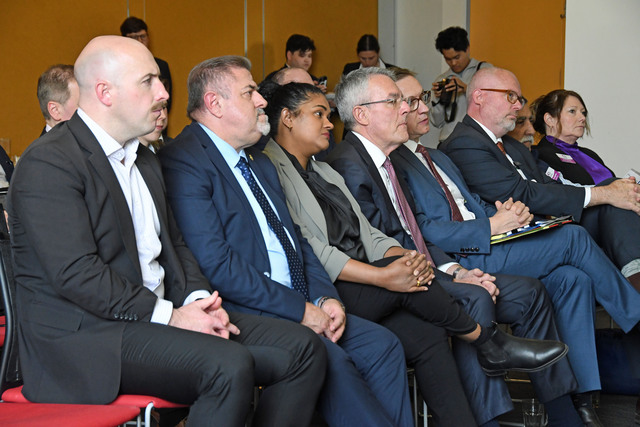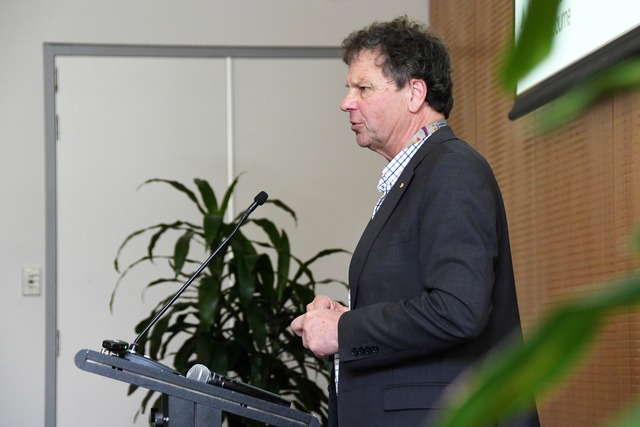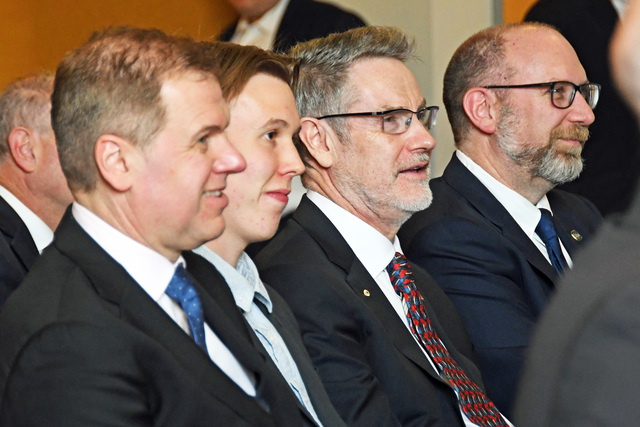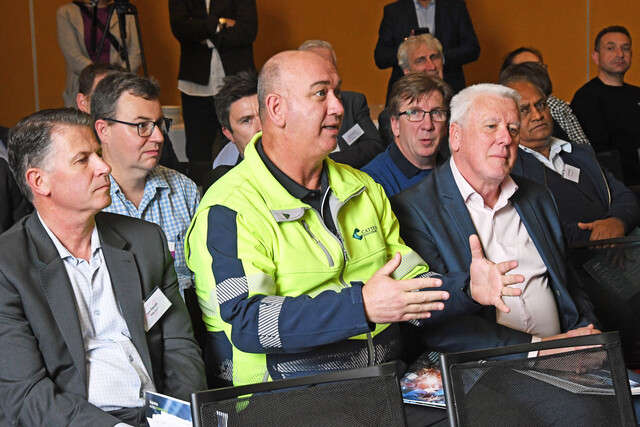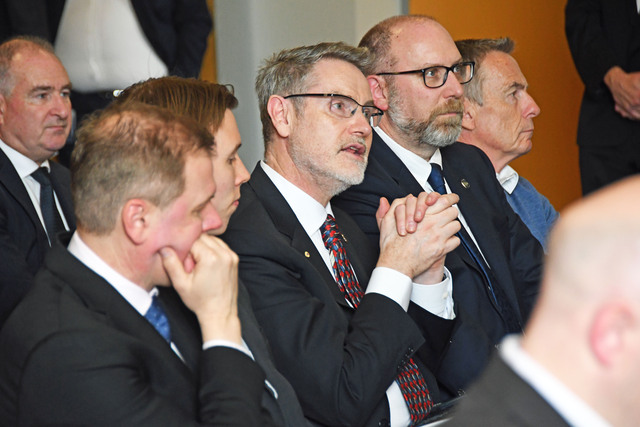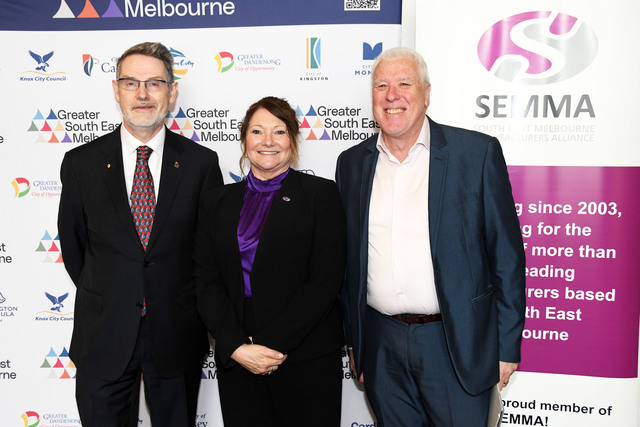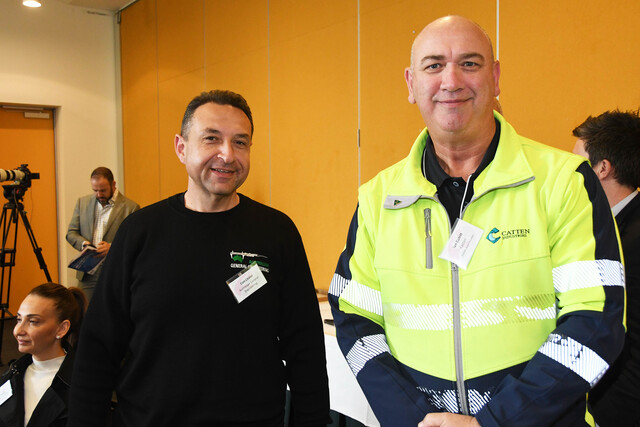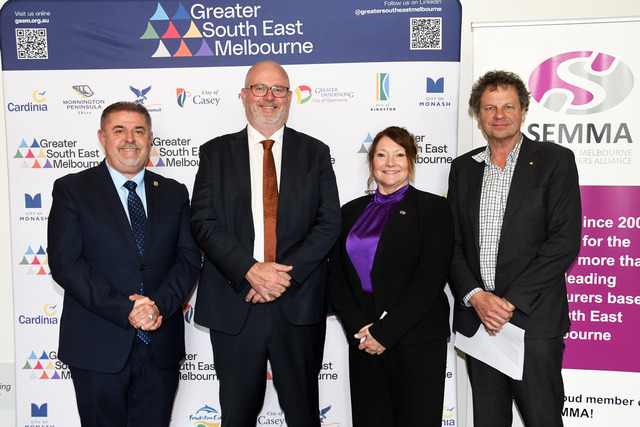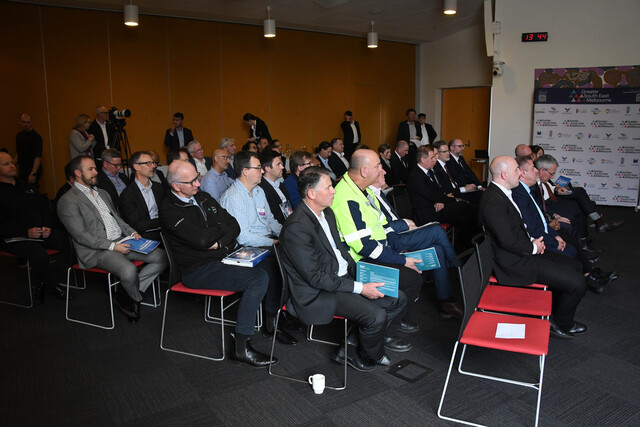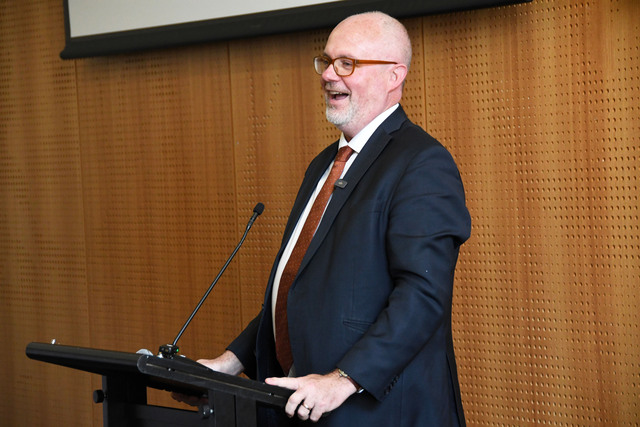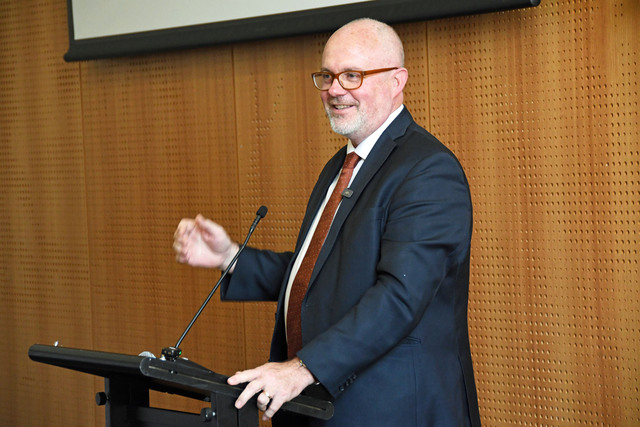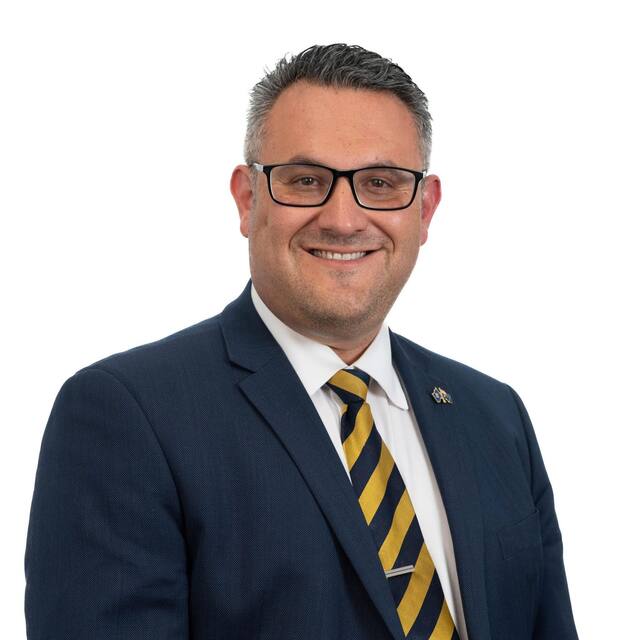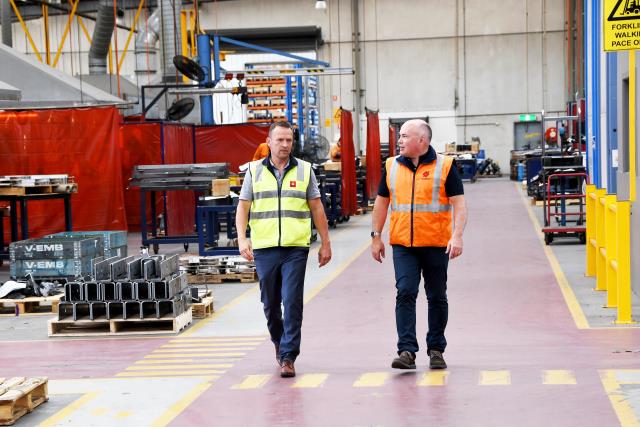South-East industry leaders got face-to-face with Federal Industry and Science Minister Tim Ayres during the launch of a report declaring the region as Australia’s manufacturing powerhouse.
The new report by Deloitte Access Economics found that the Greater South East Melbourne (GSEM) region supports more manufacturing jobs and businesses per capita than other manufacturing centres.
Per capita, the region had overtaken Western Sydney as the nation’s “leading industrial engine room”.
The report GSEM: Australia’s Manufacturing Powerhouse was launched in Dandenong on 23 September with GSEM, South East Melbourne Manufacturing Alliance (SEMMA), councils and industry representatives, as well as Mr Ayres and local federal MPs.
Minister Ayres took questions from the floor from industry leaders such as from Ego Pharmaceuticals and Catten Industries on topics such as high gas costs, as well as being handed a copy of SEMMA’s Australian Manufacturing Blueprint.
SEMMA chief executive Honi Walker said the blueprint was “not afraid to set targets – like 10 per cent GDP for manufacturing in five years”.
“If our blueprint is implemented it can be achieved.
“Dandenong and the Greater South East of Melbourne has been at the centre of manufacturing in this state for a very long time – and SEMMA will continue to advocate for manufacturers to ensure this region remains front and centre of all things manufacturing in this state.
“We wear this tag with pride – SEMMA represents Australia’s manufacturing powerhouse.”
The GSEM region comprises eight local government areas including Greater Dandenong, Monash, Casey and Cardinia.
It is home to 3801 manufacturing businesses, employing more than 75,000 – or 27 per cent of Victoria’s manufacturing workforce.
Greater Dandenong mayor Jim Memeti says the numbers show that the GSEM region was a “big player in the Australian market”, including being home to 1.5 million residents and 500,000 total jobs.
“We’re bigger than Tasmania or Adelaide – we could be a state. It’s time for the South East to lead Australia now.”
Manufacturing jobs in the GSEM region were projected to have grown 9.3 per cent between 2016 and 2025, defying a shrinkage across Australia (-0.5 per cent) and in western Sydney (-4.7 per cent).
The region benefits from high-tech industries such as advanced materials, chemicals, pharmaceuticals and transport equipment, as well as “world-class industrial clusters” in Clayton and Dandenong.
Greater Dandenong accounts for a third of GSEM’s manufacturing output, including a large transport-equipment sector such as Jayco, Nissan Casting Australia and Alstom.
In response to the Deloittes report, GSEM chair Simon McKeon called for urgent investment in infrastructure, skills and innovation.
“South East Melbourne is uniquely placed to lead Australia’s economic renaissance, with advanced manufacturing at the core.
“If Australia wants to fix its productivity crisis and continue to power economic growth, it will be the workers and businesses across Melbourne’s south-east leading the charge.”
The region was well placed near key transport corridors connecting to Port of Melbourne and Melbourne Airport for international markets, the report found.
“GSEM [is] the largest and most important manufacturing hub in Victoria and Australia,” the report stated.
“[It is] distinguished by its scale, advanced manufacturing capabilities, skilled workforce, and proximity to key transport corridors.”
However, the report calls for action on constraints such as limited land availability, skills challenges and freight infrastructure.
It identified available industrial land at Officer South and Port of Hastings but little in “key Inner East and South East regions”.
The limited capacity of Monash Freeway, Princes Highway and Eastlink connections, as well as a lack of direct rail freight links, were also noted.
Major transport projects were required such as the Thompsons Road upgrade, Dandenong South Intermodal Terminal and the proposed South East Airport.
The report also warned of a low share of young workers in the sector, and skills gaps for advanced manufacturing roles.
“If local training and national migration and skills policy do not keep pace, firms may struggle to scale advanced production lines in the region.”

